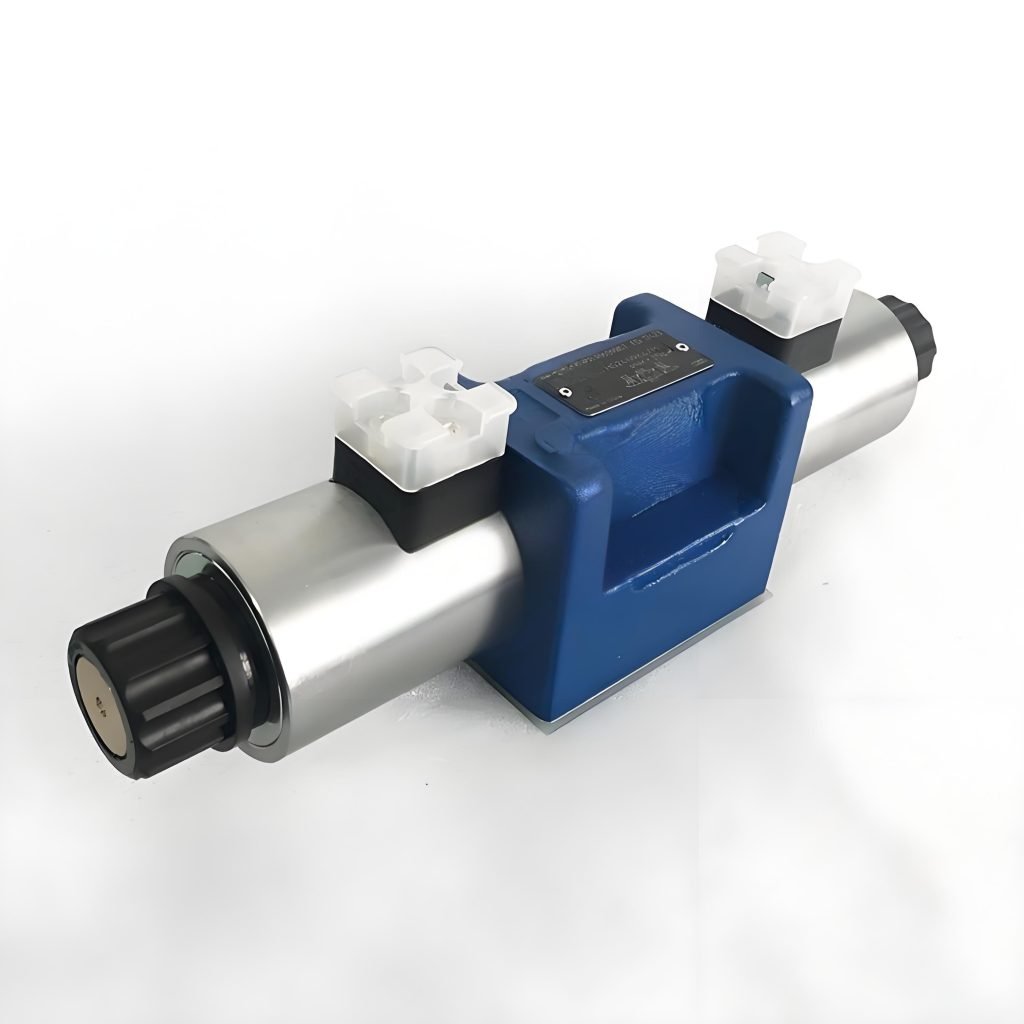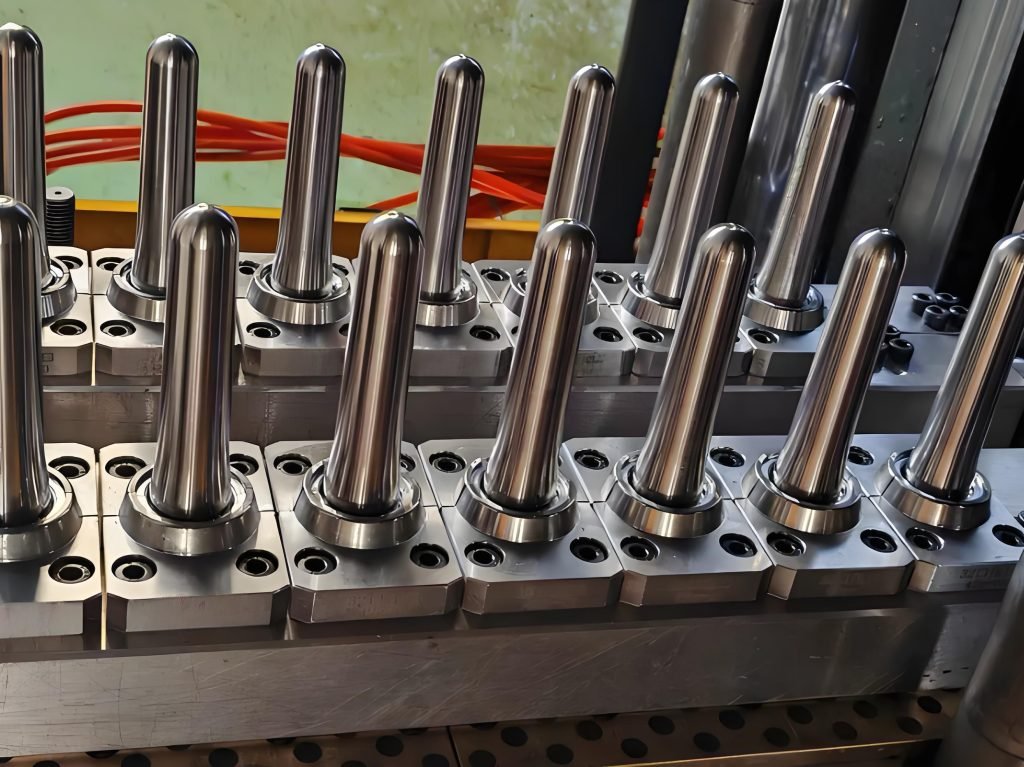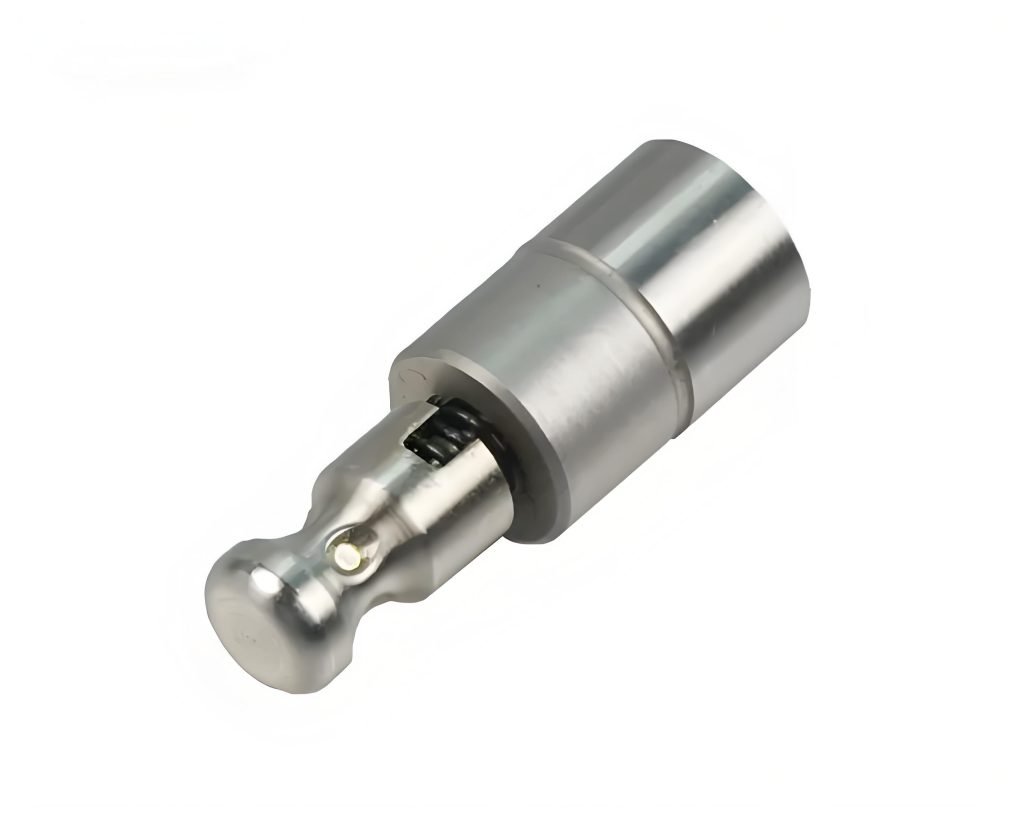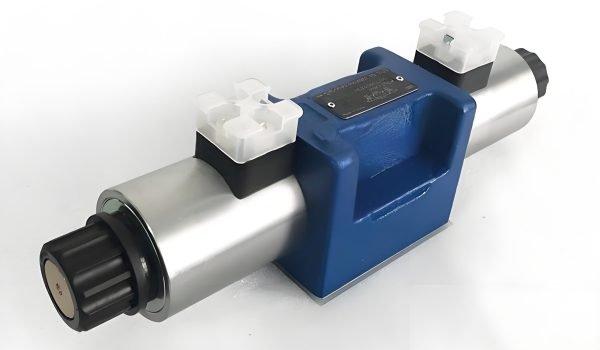Have you ever thought about how accurate plastic parts can be, from a car dashboard to any number of medical devices? All credit for that goes to advanced manufacturing, like the injection molding valve gate system. It’s not just about putting plastic into the mold, but having complete control of the flow when injecting the plastic to produce perfect parts every time.
The injection molding valve gate is the entryway for the plastic to enter the mold, and is extremely critical because it controls flow and fill rate, processing operations, cool time, and ultimately part quality. These give manufacturers unencumbered control and precision that are incomparable to traditional methods, such as edge and tunnel gates, due to the improvement of the manufactured parts. Let’s learn how valve gates are the best option for making phenomenal plastic parts.

What Is a Valve Gate in Injection Moding?
What is a valve gate injection molding? How does it work its way into the injection molding cycle to produce excellent plastic products?
Definition and Function
At its core, valve gate injection molding uses a mechanically controlled pin. Think of it like a tiny, high-tech stopper. This pin moves to either open or close the injection mold valve gate channel. Its main job? To ensure a super clean and precise flow of material into your mold cavity. This clever mechanism also drastically reduces something called “gate vestige,” which are those small, unsightly marks left behind where the plastic entered the mold. With valve gates, those marks are practically invisible.
How It Works
So, how does this mechanical pin actually operate? Here is the order of operation, step by step:
- Injected: First, the melted plastic goes into the cavity of the mold.
- The gate opens: At just the right moment, the valve gate pin rotates backwards and opens the gate channel, allowing hot plastic to move quickly and smoothly into the mold while filling every nook and cranny of capacity.
- The gate seals: Once the mold is completely filled, and usually after the packing phase, a hydraulic or pneumatic valve gate system springs into action. It actuates the pin, extending it to perfectly seal the injection molding valve gate.
- Prevents drooling or backflow: The valve gate seals, shutting off any excess plastic from “drooling” out after injection and also preventing plastic from flowing back out of the mold, which ensures the part is properly packed and molded.
Comparison to Other Gates
To truly appreciate the power of valve gates, it helps to compare them to other common gating methods:
Valve Gates vs. Hot Tip Gates
While hot tip gates keep the plastic molten right up to the gate, they can sometimes leave a small witness mark. Valve gates, on the other hand, offer superior control, making them much better for large parts or complex multi-cavity molds where cosmetic appearance is paramount. They provide a cleaner break.
Valve Gates vs. Cold Runners
Cold runner systems have a runner channel that cools and solidifies with the part, creating waste material (the runner) that often needs to be reground or thrown away. Valve gates are typically included in hot runner systems, which keep the plastic in the runner molten. Therefore, there is virtually no runner waste, leading to material savings and faster cycle times since you don’t have to wait for the runner to cool.
Benefits of Injection Molding Valve Gate
The transition to a valve gate system is far more than just a simple upgrade; it gives you many substantial advantages in your injection molding process. Let’s see why most manufacturers are making the change.
Superior Aesthetic Quality
This is often one of the biggest drivers for choosing the plastic injection molding valve gate. Because the gate pin mechanically closes the opening, it leaves minimal gate marks. This is critical for parts where cosmetic appearance is key, such as consumer electronics casings, automotive interior components, or any product with highly visible surfaces. You get a virtually blemish-free part straight out of the mold.
Reduced Cycle Time
Time is money in manufacturing, and valve gates help you save both. With traditional gates, you often have to wait for the gate area to cool sufficiently before ejection or deal with runners that need to cool down. Valve gates, by properly sealing the gate, speed cooling and ejection of the part, which means you can cut a lot of time off of the total cycle time, improving your productivity.
Precision Control
Picture you wanting to control the flow of plastic into your injection mold precisely. That is what the injection molding valve gate system can provide. Control of the timing and speed of the pin movement gives you the precise flow of material. This is exceptionally helpful in more complex geometries, thin-walled parts, or multi-cavity molds where you need to equalize the loading into each cavity on the mold or make sure each cavity fills correctly. This level of control helps prevent common defects like short shots or flash.
Material Savings
As we touched on earlier, a major benefit comes from eliminating runner waste. In cold runner systems, a significant amount of plastic goes into the runner, which then becomes scrap. The injection molding valve gate system, typically integrated with hot runner technology, keeps the plastic molten right up to the gate. This means the runner material is never wasted. You are only using plastic for the part, so you are saving a lot of plastic and using a more sustainable manufacturing process.
Types of Valve Gates for Injection Molding
There are different types of valve gates, each serving different purposes. Let’s identify the primary valve gates:
Needle Valve Gates
Needle valve gates are your best option if you are doing work that requires super high precision. The melt of the molten resin can be controlled with needle gates for incredible precision. Therefore, needle valve gates are perfect for any parts with intricate details or where especially high accuracy is needed. Think small, complex components where every millimeter counts.

Hydraulic Valve Gates
For the heavy lifting and high-volume production, hydraulic valve gates are the clear choice. They are unbelievably tough and reliable, which allows them to perform under high pressure and huge molds with ease. If you are making a lot of parts and require a superior system to manage that workload, hydraulic valve gates are the correct choice.
Pneumatic Valve Gates
Looking for a simpler and more cost-effective solution? A pneumatic valve gate in injection molding might be just what you need. They are generally suitable for smaller molds and lower pressures, offering a more affordable option for many common injection molding applications. They’re a great entry point for those looking to experience the benefits of valve gates without a massive investment.
Valve Gates: A Quick Comparison
| Feature | Needle Valve Gates | Hydraulic Valve Gates | Pneumatic Valve Gates |
| Control Accuracy | Very High (Excellent for intricate details) | High (Robust for large molds) | Moderate (Good for general purpose) |
| Upfront Cost | Highest | Moderate to High | Lowest to Moderate |
| Maintenance Needs | Complex (Requires precise tuning) | Standard (Involves hydraulic system upkeep) | Simpler (Less intensive) |
| Best Suited For | Medical, Precision Electronics, Optical Parts | Automotive, Heavy Industrial Components | Consumer Products, Basic Packaging, Light Duty |
| Force/Power | Moderate (e.g., up to 100 kN) | High (e.g., up to 300 kN) | Low (e.g., up to 50 kN) |
| Cycle Time Reduction | 15–20% faster cycles | 10–15% improvement | 5–10% reduction |
| Material Savings | 25% less waste | 20% waste reduction | 15% reduction |
| Surface Finish Quality | Superior (Virtually gate-mark free) | Very Good (Smooth and clean) | Acceptable (Typical for standard products) |
What Are Sequential Valve Gate (SVG) Controllers?
When you’re dealing with really large or complex parts, a single plastic injection molding valve gate might not be enough. That’s where sequential valve gate (SVG) controllers come into play. This technology takes the precision of valve gates to the next level.
SVG Explained
Imagine controlling a symphony of plastic flow. That’s what an SVG (Sequential Valve Gate) controller does. Instead of all valve gates opening at once, an SVG system precisely controls multiple gates in a timed sequence. This allows you to strategically open and close gates, optimizing how molten plastic fills the mold. You can direct the flow progressively from one area to another, ensuring a smooth, even fill throughout the entire part.
Beyond just filling, SVG provides superior pressure management. By sequencing gate openings, you maintain optimal pressure during the entire process, avoiding drops or excessive localized pressure. A major benefit is its ability to mitigate or eliminate unsightly weld lines. SVG technology can precisely position these lines in less visible areas or merge them seamlessly, drastically improving your finished parts’ aesthetic quality. It’s about precision and perfection in every detail.
SVG Applications
Sequential Valve Gate (SVG) technology is the most effective on large, complex parts. Think about making large parts such as automotive bumpers; these require extremely balanced plastic flows to avoid warpage and retain strength. SVG is a must here. Likewise, for large, flat components such as door panels, sequential gating can give you even flatness with no visible flow marks.
Even parts that have high aesthetic demands, like an appliance housing for refrigerators or washing machines, can benefit immensely. By synchronizing multiple gating locations, SVG can balance the flow, greatly reduce internal stresses, and limit common defects like warpage, sink marks, and visible flow lines. This precision leads to the highest quality parts as well as very tight tolerances, which is really the field you need.
Key Design Considerations for Valve Gate in Injection Molding
Below are a few specific points to consider when designing to take advantage of your injection molding valve gate system. Thinking about these beforehand will help you get the best outcome:

Gate Size and Type
Getting the gate size and type right is important to allow the plastic to flow smoothly and uniformly into your mold. Selecting an injection mold valve gate will depend on a few factors:
- The size of your part: Bigger parts might need bigger gates.
- The shape of your part: Complex shapes might require different gate designs.
- The type of plastic you’re using: Different plastics flow differently, so your gate needs to be compatible.
Getting this right ensures optimal flow and prevents issues like short shots or excessive flashing.
Timing and Control
This is where the magic of valve gates really happens! Properly synchronizing the opening and closing times of the plastic injection molding valve gate with your overall injection cycle is absolutely vital. This precise timing is what allows you to maintain both the structural integrity of your parts and their aesthetic quality. If the timing is off, you could end up with problems like weld lines, sink marks, or even part deformation. It’s all about harmony between the injection molding valve gate and the machine.
Material Compatibility
When you’re looking at your injection molding valve gate system, you have to think of the material you are using. Each material has distinct processing properties. Cooling and solidification occur at different rates in different plastics. Your injection molding valve gate system is designed to ensure that any solidification occurs only after the material has completely filled the cavity, so there is no risk of obstruction or incomplete filling. Always match your gate system to your material for the best outcomes.
Conclusion
Valve gate injection molding is a powerful and sophisticated process that can yield substantial benefits, allowing you to manufacture high-quality plastic parts with good cosmetic features and better functional features. Once you understand the common types of valve gates, their benefits, and important design considerations, you will be at the point where you can significantly improve your production from many standpoints.
So if you’re ready to step up your injection molding approach and achieve superior results, it’s time to connect with experts in the field. Consider partnering with Fecision for expert injection mold valve gate solutions. Here’s why Fecision stands out:
- Custom mold design and manufacturing: We don’t just sell you a system; we design and build custom molds specifically optimized for valve gate technology, ensuring perfect integration and performance.
- Advanced sequential valve gate (SVG) technology: For your most challenging large or complex parts, we leverage cutting-edge SVG controllers to achieve balanced filling and eliminate defects.
- High-volume production with zero defects: Our expertise helps you achieve consistent, high-volume production runs with minimal, if any, defects, saving you time and money.
Ready to see how Fecision can revolutionize your injection molding process with advanced valve gate solutions? Let’s connect and make your next project a resounding success.




